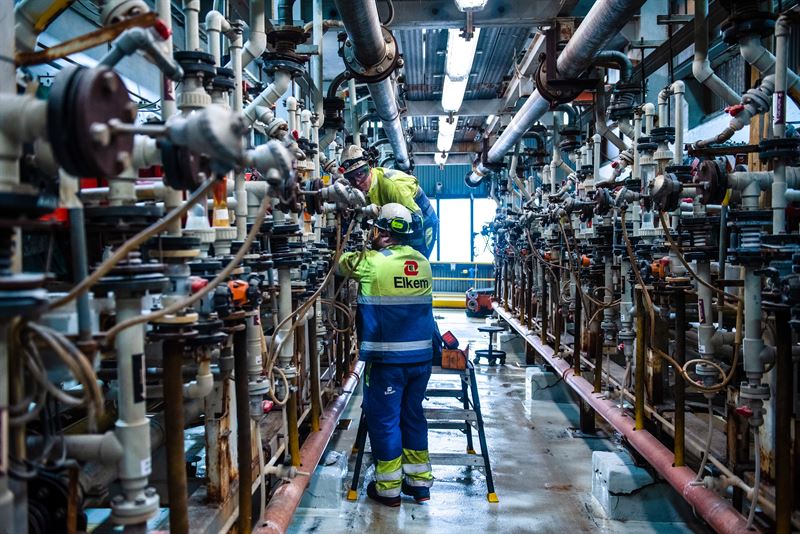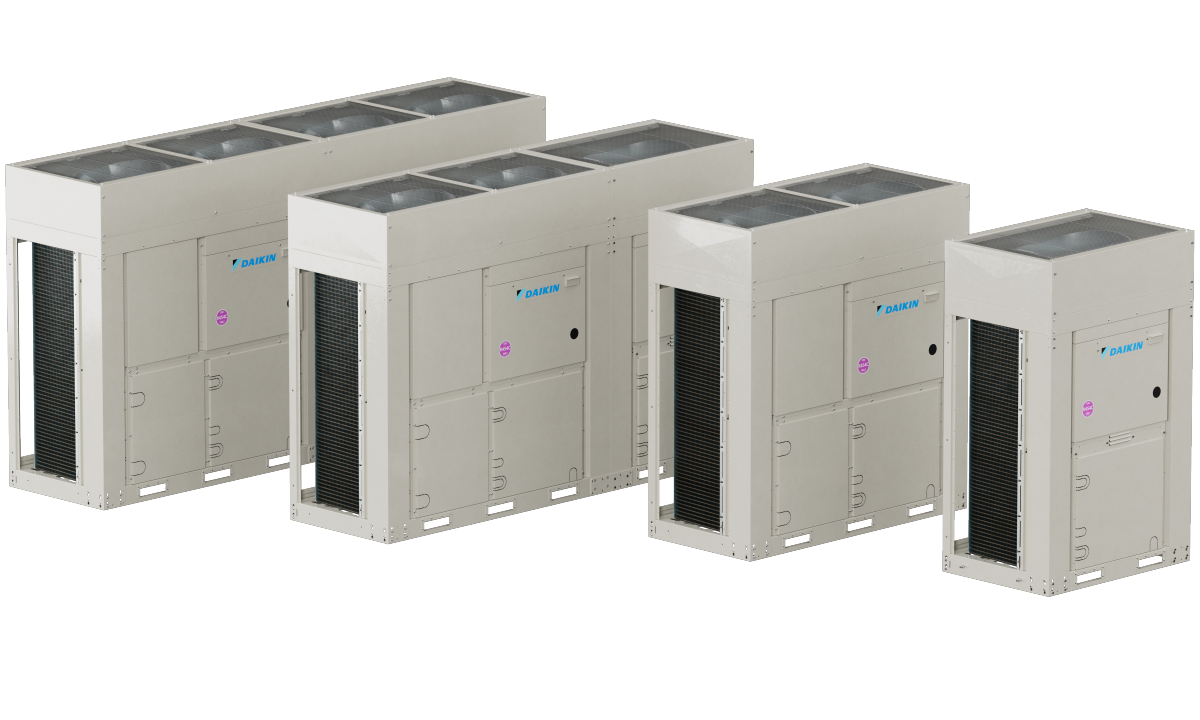Hydrogen has been the talk of the year in the clean power industry, with green hydrogen strategies for the production and usage of the energy storage medium announced in the EU, Japan, Korea, Chile, and Oman, to name but a few. In those regions, solar panels will help generate electricity to power electrolysis of the gas but, one Norwegian company, is preparing to turn that approach on its head.
Chemical and silicon manufacturer Elkem Bremanger, which produces solar polysilicon, has received NOK4.4 million ($480,000) from Norwegian Ministry of Climate and Environment emissions reduction investor Enova to fund hydrogen capture technology. Elkem will supply additional funds to make up a NOK15 million budget for the project.
“The support for this project is given through our support program for thematic initiatives in the industry and is a good example of the utilization of energy resources that would otherwise be wasted,” said Enova market manager for industry Oskar Gärdeman. “If this project succeeds, it can pave the way for other industrial companies that have similar potential resources that they are not … able to utilize.”
The production of Elkem’s Silgrain product releases surplus hydrogen, according to the company. An Elkem spokesperson told pv magazine the company produces chlorine via electrolysis of brine. The chlorine is then burned with hydrogen to make hydrochloric acid in a process step which uses only a third of the hydrogen injected, with the rest of the gas going to waste.
Elkem believes it can capture and use 120 tons of hydrogen per year with its new method — enough to power 800-1,000 hydrogen-fueled passenger cars or a fuel cell-powered ferry.
“The profitability of the potential project will depend on good utilization of the hydrogen plant [and] the amount of hydrogen sold as well as distribution costs and sales price for the hydrogen,” said Elkem Bremanger.
A study of the project will be prepared next year with 2022 set for realization of the process. Elkem is working with independent research institute SINTEF to validate hydrogen quality and develop methods to capture and treat the gas for use. The project partners already claim the hydrogen would be suitable for passenger vehicles once dried and compressed.
“This is an important project that, in the long run, can contribute to the establishment of a nationwide infrastructure for hydrogen which eventually will result in substantial emission reductions in the transport sector,” said Steffen Møller-Holst, vice president for marketing at SINTEF. “The hydrogen resource at Elkem Bremanger is attractive in that even in an initial market, with a limited number of end users of hydrogen, a hydrogen price can be achieved that is competitive with fossil fuels for use in transport.”
This content is protected by copyright and may not be reused. If you want to cooperate with us and would like to reuse some of our content, please contact: editors@pv-magazine.com.




By submitting this form you agree to pv magazine using your data for the purposes of publishing your comment.
Your personal data will only be disclosed or otherwise transmitted to third parties for the purposes of spam filtering or if this is necessary for technical maintenance of the website. Any other transfer to third parties will not take place unless this is justified on the basis of applicable data protection regulations or if pv magazine is legally obliged to do so.
You may revoke this consent at any time with effect for the future, in which case your personal data will be deleted immediately. Otherwise, your data will be deleted if pv magazine has processed your request or the purpose of data storage is fulfilled.
Further information on data privacy can be found in our Data Protection Policy.